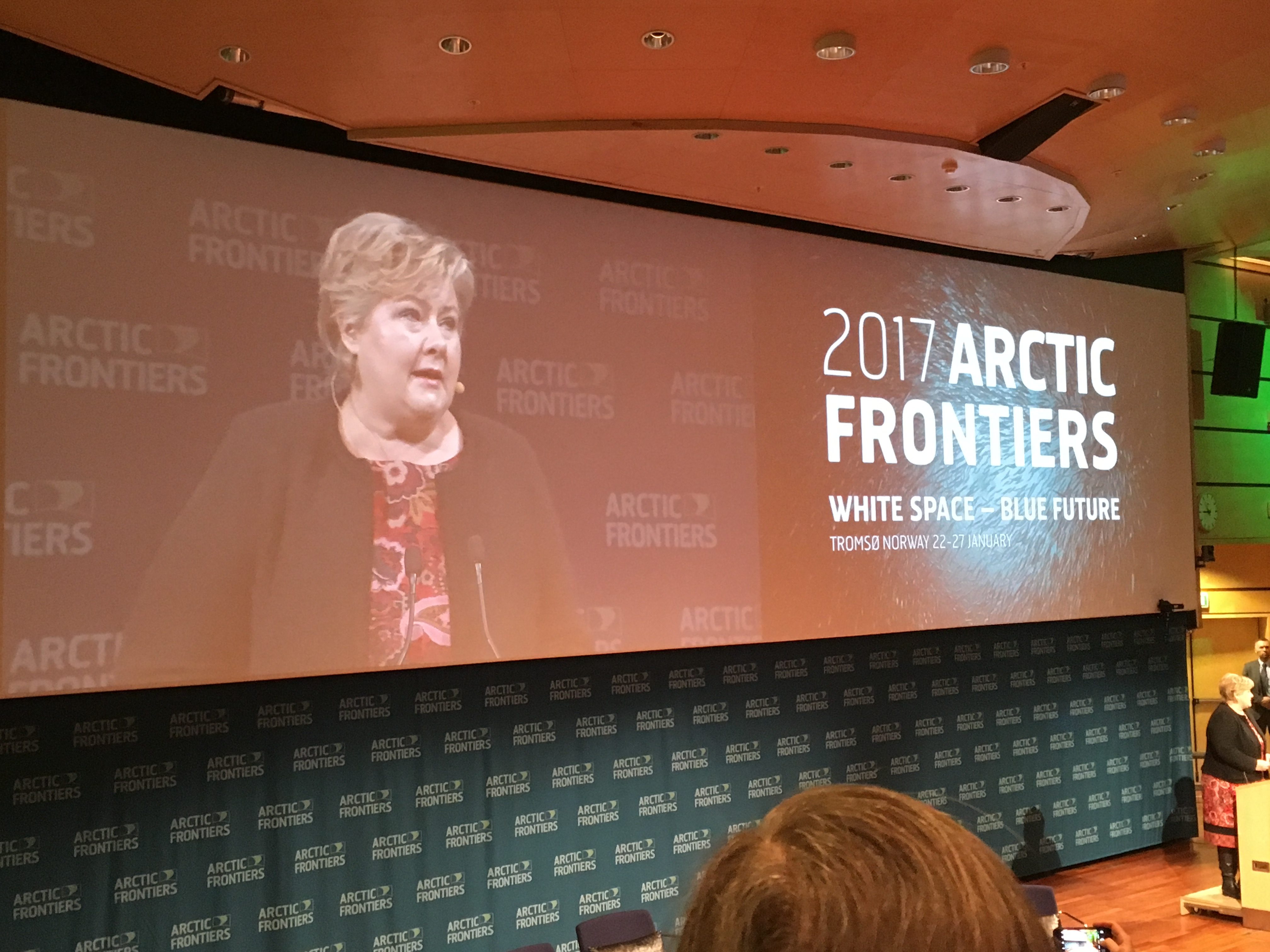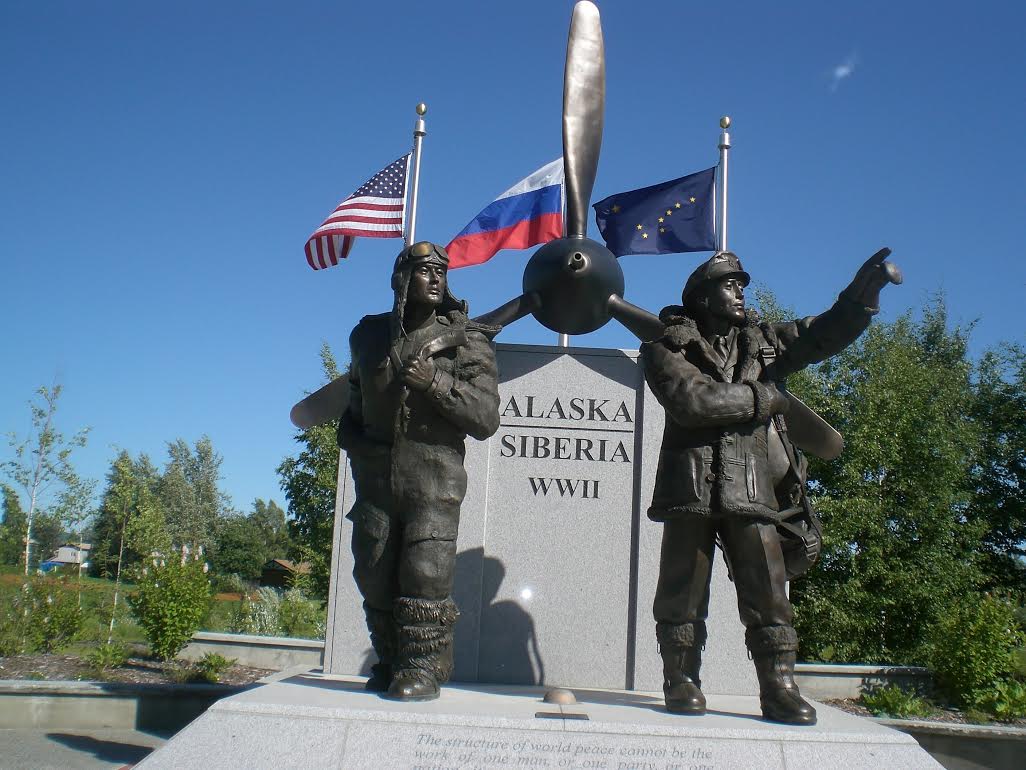Debating the Future Development of Arctic Resources
Robert Orttung, Tromsø, Norway Should Norway continue to develop its Arctic oil and natural gas resources or would Arctic communities be better off focusing on renewable energy? This was the hot topic of debate at the opening session of the 2017 Arctic Frontiers conference in Tromsø, Norway in January. Columbia…


